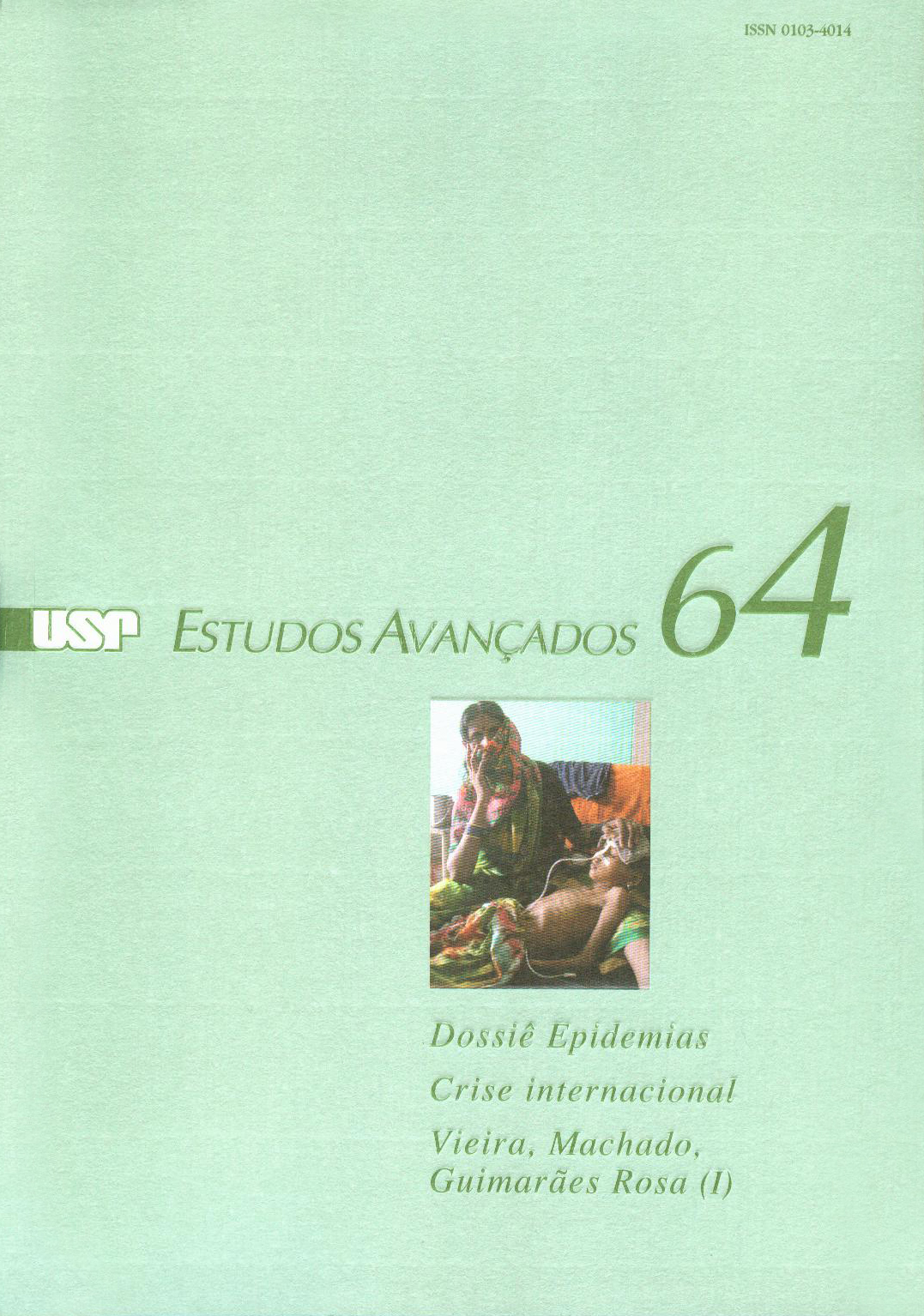Figurações do "mal" e do "maligno" no Grande sertão: veredas
Keywords:
The Devil to Pay in the Backlands, Doctor Faustus, Simplicissimus, Images of evil and devil, Faustian bargain, BildungsromanAbstract
This text represents the second chapter of a study on Robaldo's trajectory during his oscilation between the faustian bargain and the tradition of the so-called "Bildungsroman" (Bildungs - und Entwicklungsroman). Taking an excerpt of the novel The Man Without Qualities, in which Musil discusses the obstacles imposed on 20th century narrative art, as a starting point (and putting forth theorethical reflections by Adorno, Auerbach, Rosenfeld etc.), the essay focuses, in the first chapter, on the features of Guimarães Rosa's novel The Devil to Pay in the Backlands that would connect it to a more primitive epic. Here, some relationships with Thomas Mann's Doctor Faustus, which also has the diabolic pact as a central motif, are established. As to the present text, it is directed towards the shapes and images that Riobaldo's report gives to the concepts of "evil" and "devil" (as well as their interminglement). Then, it focuses on the character Hermógenes, who embodies a kind of principium maleficum, which can hardly find a parallel in Western literature. In order to expose this specifity of the Rosian character, the study goes on to a comparision with the representation of Evil (and its corresponding character) in Grimmelshausen's barroque novel, Simplicissimus.Downloads
Download data is not yet available.
Downloads
Published
2008-12-01
Issue
Section
Vieira, Machado, Guimarães Rosa
License
Estudos Avançados não celebra contrato de cessão de direitos autorais com seus colaboradores, razão pela qual não detém os direitos autorais dos artigos publicados. Os interessados em reproduzir artigos publicados na revista devem necessariamente obter o consentimento do autor e atribuir devidamente os créditos ao periódico.
How to Cite
Mazzari, M. V. (2008). Figurações do "mal" e do "maligno" no Grande sertão: veredas . Estudos Avançados, 22(64), 273-290. https://journals.usp.br/eav/article/view/10360


